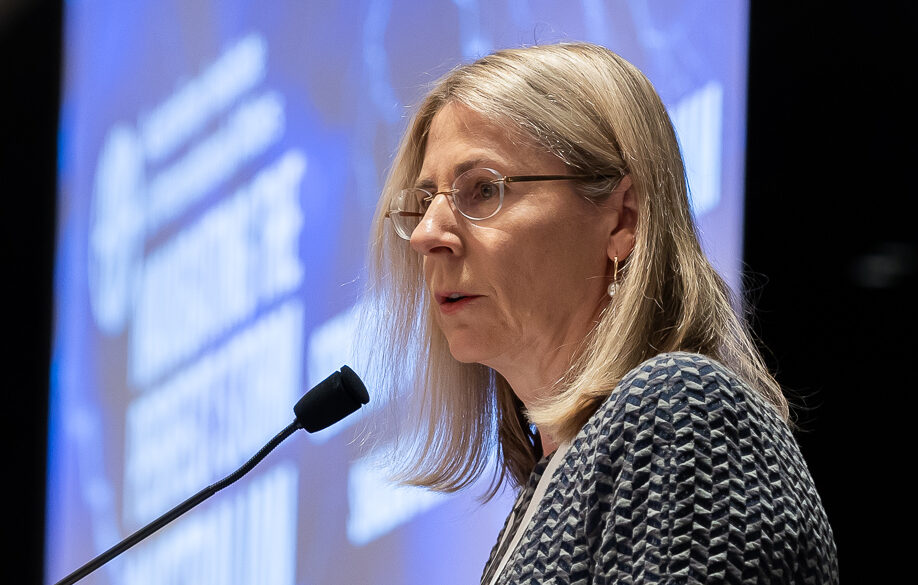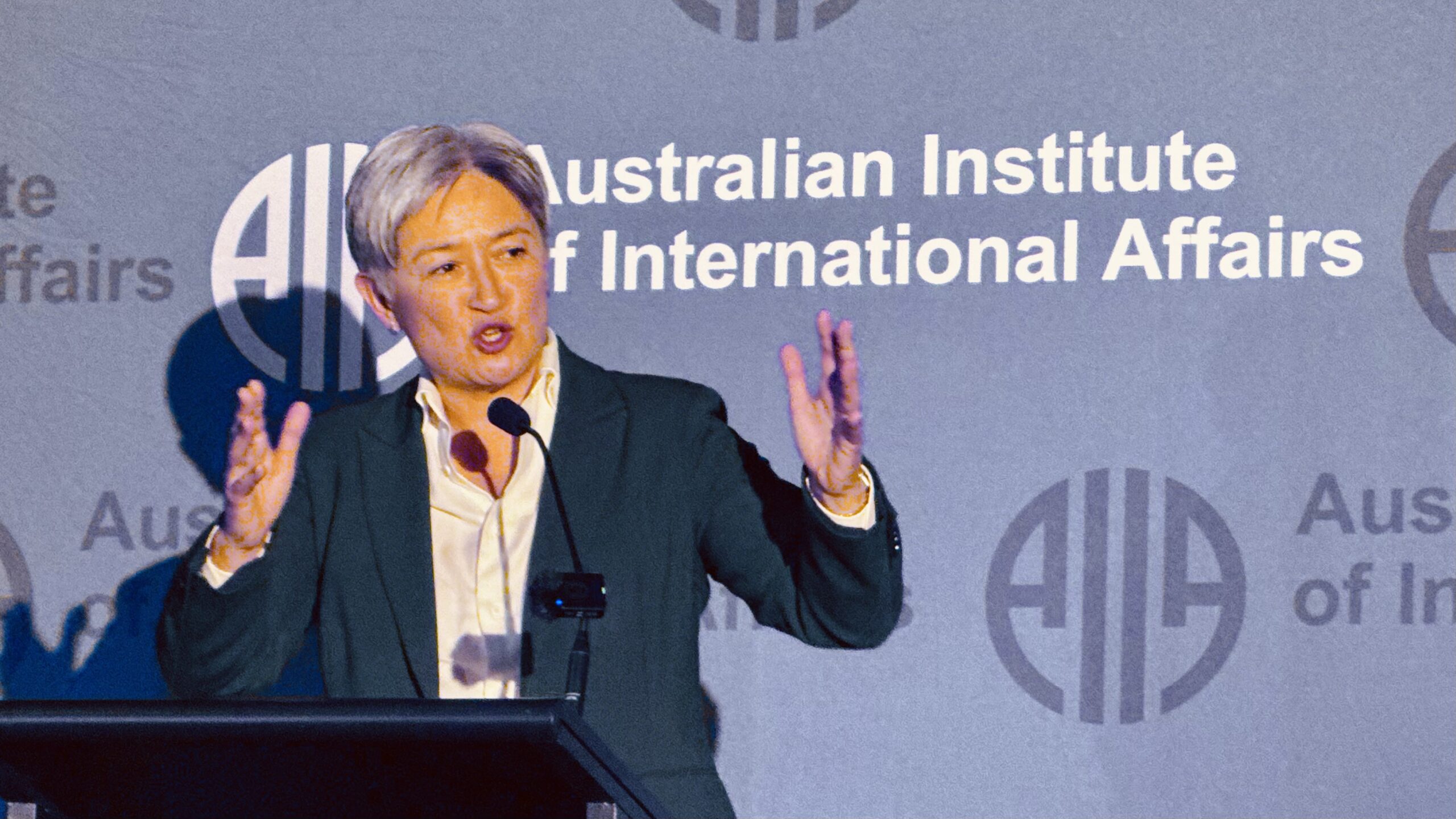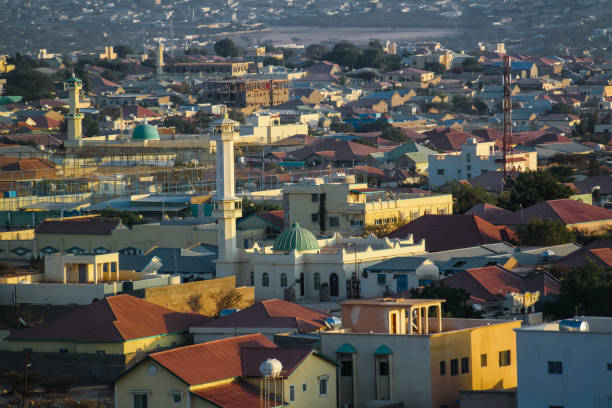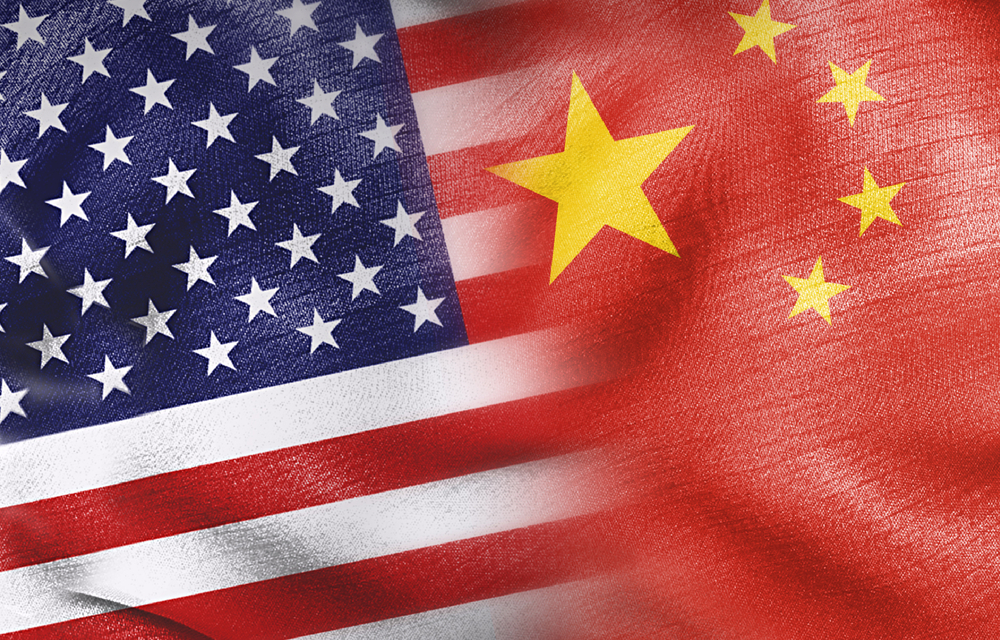The “ASEAN Way” has become a lazy label that obscures more than it reveals. Behind this convenient stereotype lies a complex reality of strategic calculations, domestic politics, and pragmatic compromises. Understanding these concrete mechanisms is essential for anyone seeking to engage effectively with Southeast Asia’s most important regional organisation.
In 2015, Southeast Asia found itself once again enveloped in a thick, choking haze—an annual environmental disaster caused by Indonesian forest fires. That year, more than 100,000 premature deaths were linked to the haze, and Indonesia’s neighbours were fuming—literally and politically. The crisis wasn’t new. ASEAN had already brokered a transboundary haze agreement back in 2002. But Indonesia, the main culprit, didn’t ratify it until 2014—twelve years later.
For ASEAN’s critics, this was yet another case study in the regional bloc’s notorious indecisiveness. Its consensus-based model, the so-called “ASEAN Way,” was once again blamed for the delay. Slow, weak, and overly deferential to national sovereignty—this is how many scholars and policymakers have long described ASEAN’s approach to decision-making. It’s a compelling narrative that has dominated academic and policy discussions for decades—but it fundamentally misrepresents how ASEAN actually works.
My research into over 50 years of ASEAN agreements, spanning from 1967 to 2022, paints a very different picture. Far from being paralysed, ASEAN has signed and implemented hundreds of agreements—on trade, governance, technology, and even politically sensitive areas like migration and climate change. The real story isn’t about inaction. It’s about how ASEAN aligns diverse national interests to get things done—and, crucially, where it still struggles.
What ASEAN actually prioritises
ASEAN policymaking is far more structured than many assume. Like national governments and international organisations, it prioritises issues that member states see as essential. My analysis shows that the bulk of ASEAN agreements focus on trade, transportation, and governance—issues where economic incentives naturally align. Over time, however, ASEAN has expanded its scope, increasingly signing agreements on issues like technology, climate change, and labour migration.
This gradual expansion challenges the notion that ASEAN’s consensus model inherently stifles action. If conflict aversion were the whole story, how could ten diverse member states—ranging from democratic Indonesia to authoritarian Myanmar—have managed to negotiate and implement agreements at all?
The collected data suggest a clear pattern: ASEAN acts swiftly on issues where economic interests align (such as trade and transport), while agreements on politically sensitive topics (such as human rights or environmental regulation) take longer to materialise. This isn’t failure; it’s a rational strategy.
The ASEAN Summit signals what gets done
Critics often argue that ASEAN’s informal meetings, including the much-publicised “retreats” where leaders discuss issues behind closed doors, are little more than diplomatic theatre. But my research shows otherwise. If we track ASEAN Summit Chairman’s Statements—documents that summarise key priorities discussed by leaders—we find a striking correlation: issues that get significant mention in these statements are far more likely to be translated into formal ASEAN agreements.
This suggests that ASEAN’s policymaking isn’t just about endless consensus-seeking—it’s about aligning national priorities first. When member states share common interests on an issue, ASEAN moves forward. When they don’t, agreements stall.
A case in point is the establishment of ASEAN’s regional human rights body. During the 2008 negotiations for the ASEAN Charter, Indonesia and Thailand pushed for a strong human rights commission with real enforcement powers. Cambodia, Laos, Myanmar, and Vietnam resisted. Rather than letting this derail the entire Charter, ASEAN found a compromise: it created a human rights commission with limited powers but left room for future expansion. This pragmatic approach isn’t inefficiency; it’s survival.
Flexibility, not supranationalism, drives ASEAN forward
Many international organisations, like the European Union (EU), resolve internal conflicts by delegating enforcement power to supranational institutions. ASEAN, by contrast, takes a different approach: it builds flexibility into its agreements, particularly in complex policy areas that require a high level of technical expertise, allowing member states leeway in how they implement them.
In a new study of over 200 ASEAN agreements, Robert Thomson and I show that this flexibility is not just a byproduct of ASEAN’s consensus model—it is a deliberate mechanism. In agreements where technical complexity is high, ASEAN grants member governments national discretion, recognising that one-size-fits-all rules are neither practical nor enforceable. This approach also plays a crucial role in advancing controversial issues that must be pushed forward despite differences in national priorities. By allowing member countries to tailor implementation to their domestic contexts, ASEAN ensures agreements can move ahead rather than becoming mired in deadlock.
This mechanism explains why ASEAN has been able to deepen cooperation in diverse areas despite vast political and economic differences among its members. However, it also creates a key challenge: uneven implementation.
Signing agreements is one thing—implementing them is another
ASEAN’s ability to reach agreements doesn’t always guarantee that they are implemented swiftly—or at all. The haze crisis is a prime example. Even after finally ratifying the 2002 transboundary haze agreement, Indonesia struggled to enforce it. The reason? Domestic opposition from powerful palm oil and forestry industries, which saw the agreement’s regulations as a threat to their profits.
More broadly, my research shows that ASEAN’s implementation delays often stem from national political and bureaucratic constraints. Using World Bank governance indicators, I found that countries with more effective bureaucracies tend to implement ASEAN agreements faster. But surprisingly, more democratic ASEAN members sometimes take longer to ratify agreements. Why? Because democratic processes—parliamentary approvals, public consultations, legal reviews—slow things down.
This challenges another common misconception: that ASEAN’s lack of a regional enforcement body is the primary reason for slow implementation. The real problem is domestic. When national policies clash with regional commitments, national politics trumps.
A more realistic approach to ASEAN’s policymaking
ASEAN’s policymaking process isn’t broken—it’s just different. Rather than being a weak, ineffective talk shop, ASEAN operates through a pragmatic balancing act: it prioritises areas of natural alignment, signals priorities through summits, builds flexibility into agreements, and relies on national governments to follow through. This approach has allowed ASEAN to integrate its economies, improve governance cooperation, and even tackle politically sensitive issues—all without the supranational enforcement mechanisms seen in the EU.
For policymakers and analysts, this means reassessing how ASEAN is judged. Instead of focusing on its perceived slowness, the real challenge is ensuring that national policies align with regional commitments. Capacity-building—helping bureaucracies implement agreements, funding enforcement mechanisms, and easing domestic bottlenecks—may be far more effective than simply criticising ASEAN’s consensus model.
Dr Hung Pham is an incoming Teaching Associate in the Department of Politics and Public Administration at the University of Hong Kong. He holds a PhD in Political Science from Monash University. This piece draws on his doctoral thesis, Policymaking in the Association of Southeast Asian Nations: The Development of Cooperation and Regional Integration, available here.
This article is published under a Creative Commons License and may be republished with attribution.




